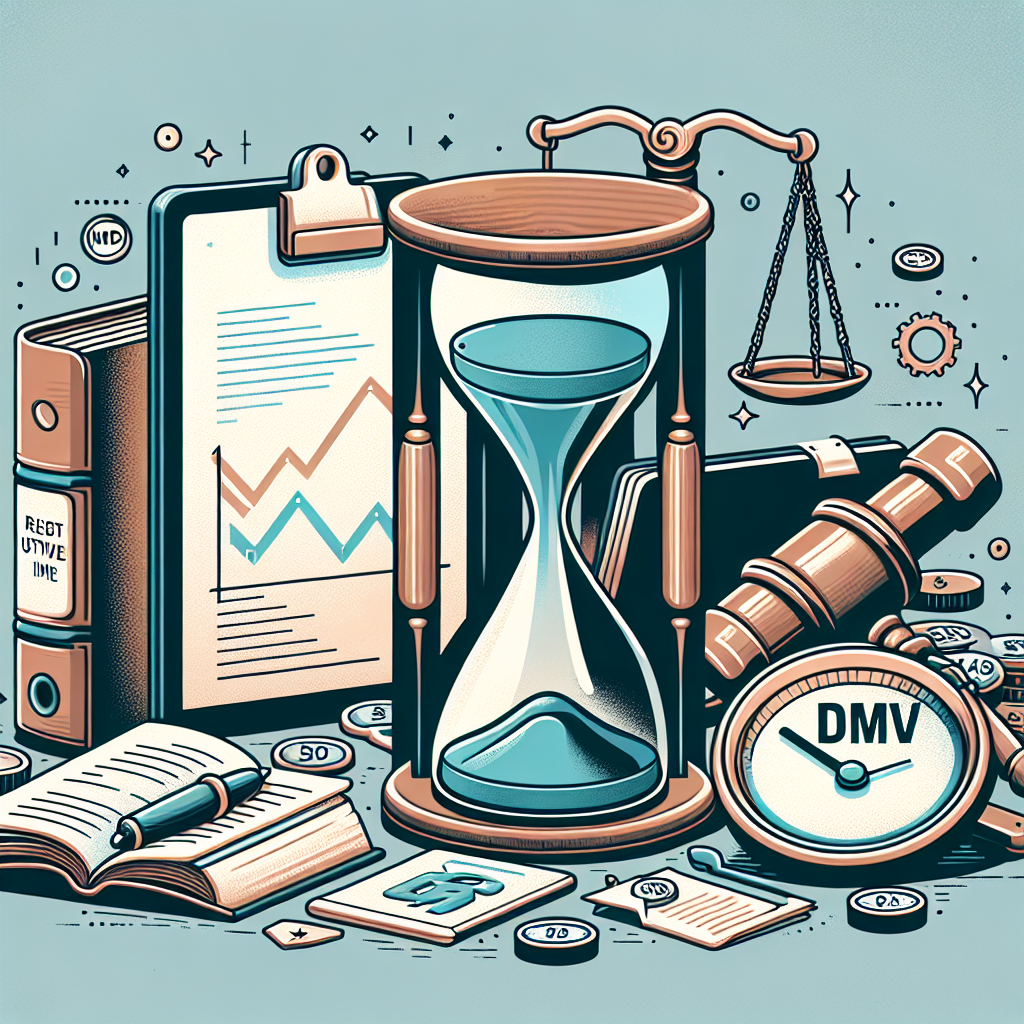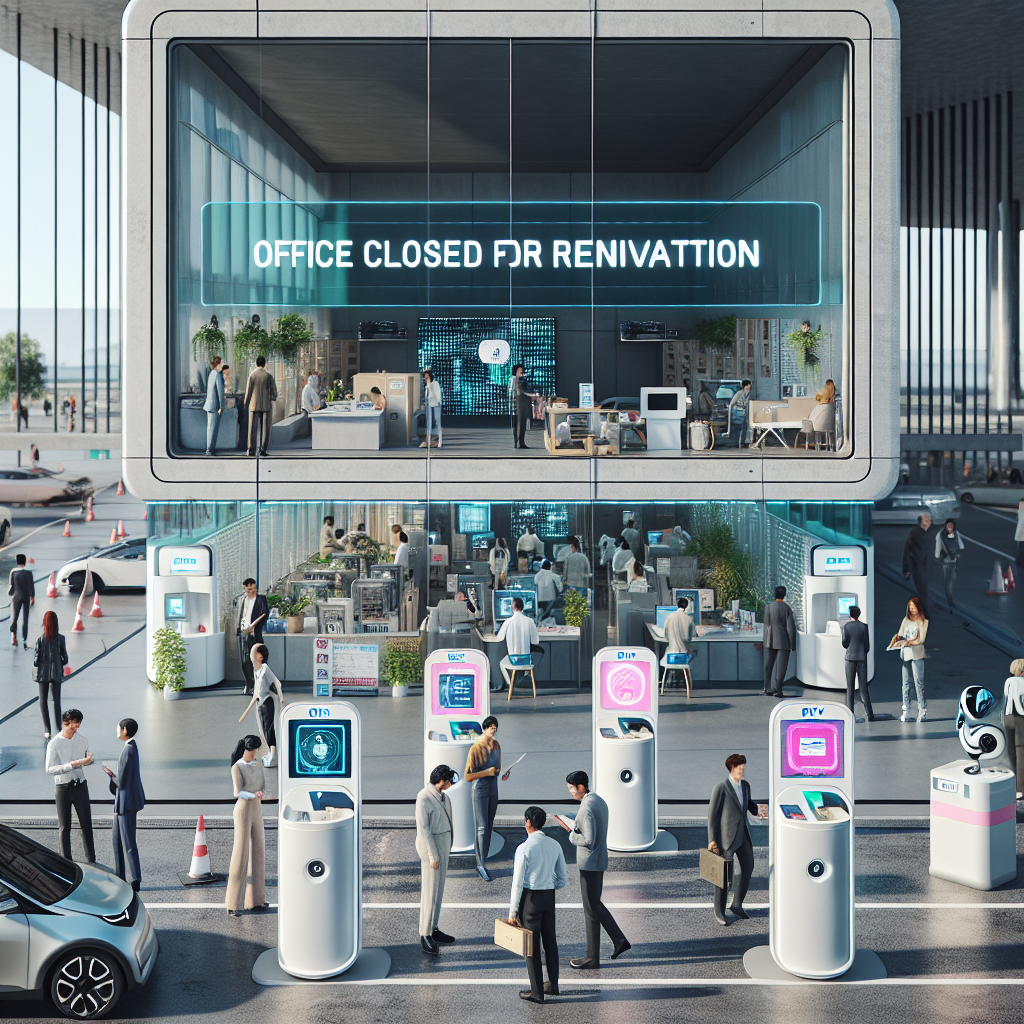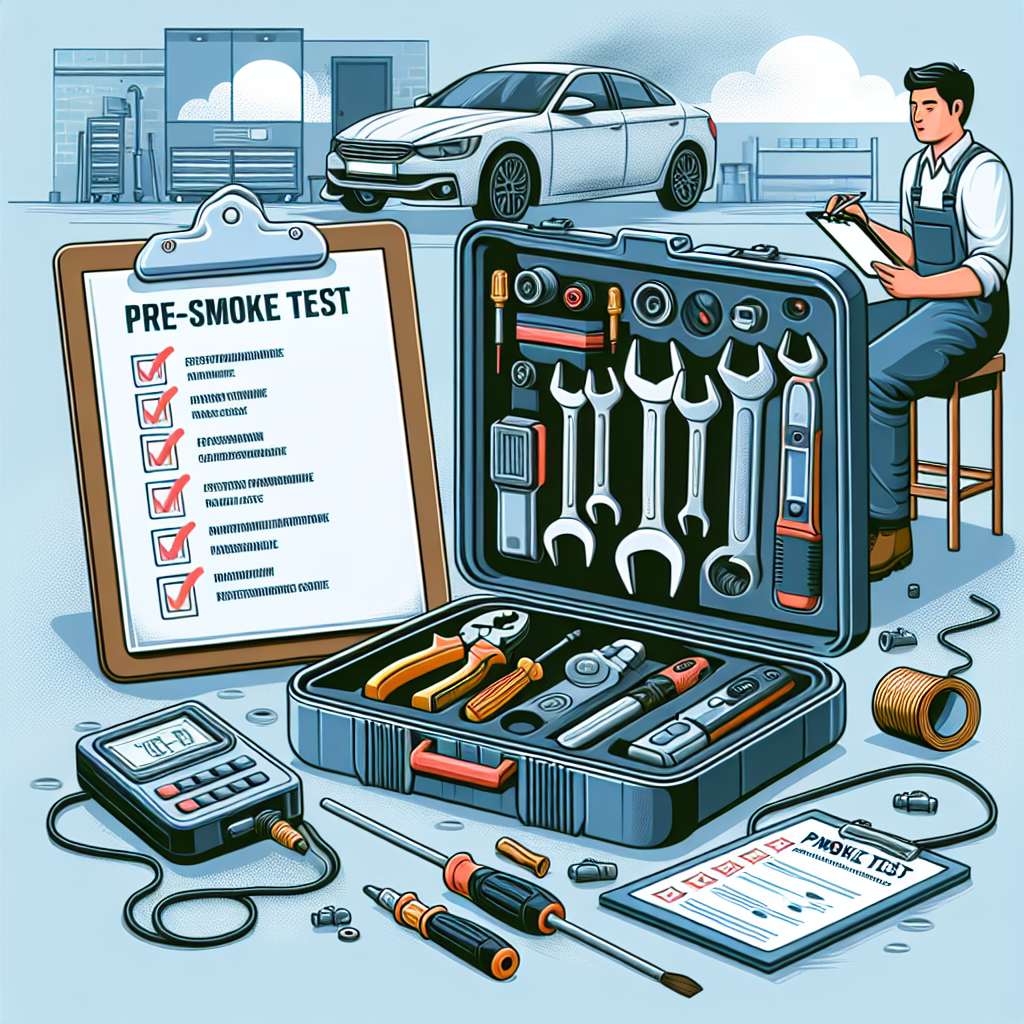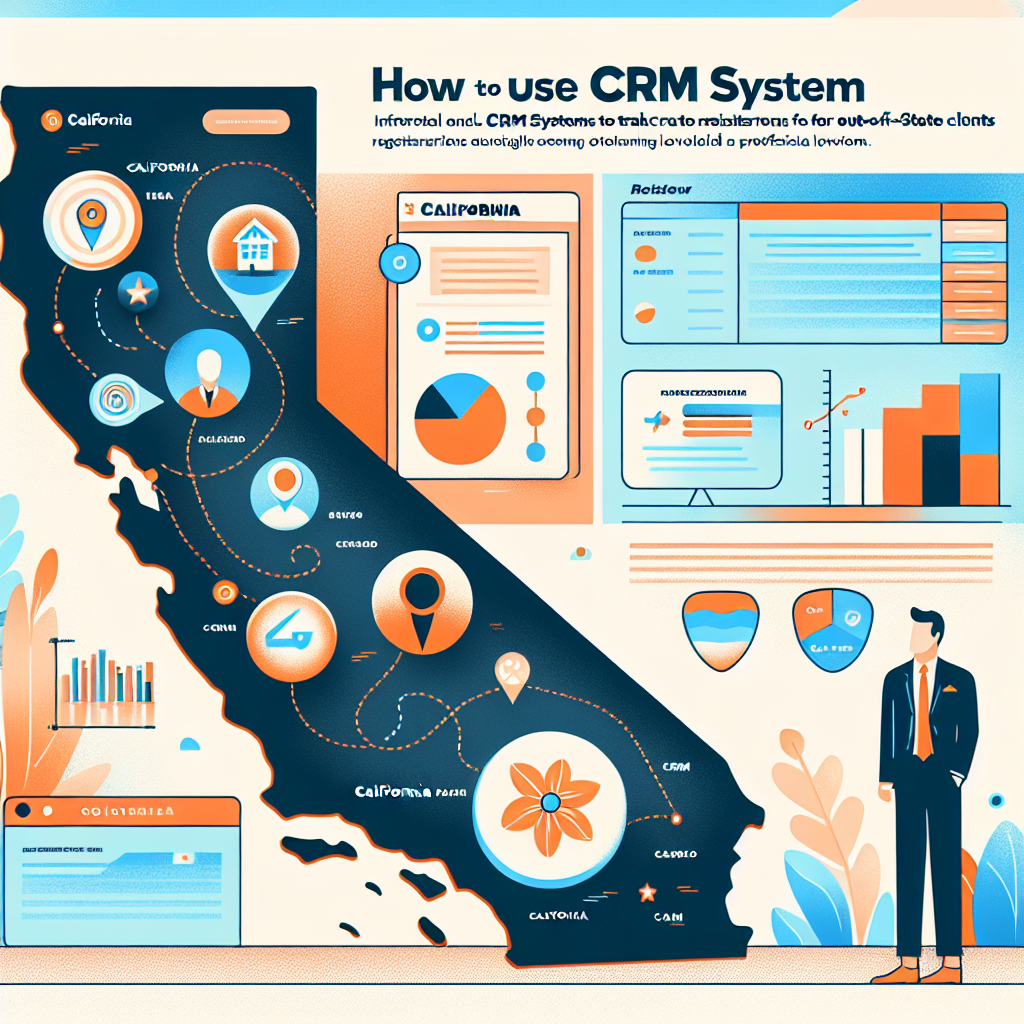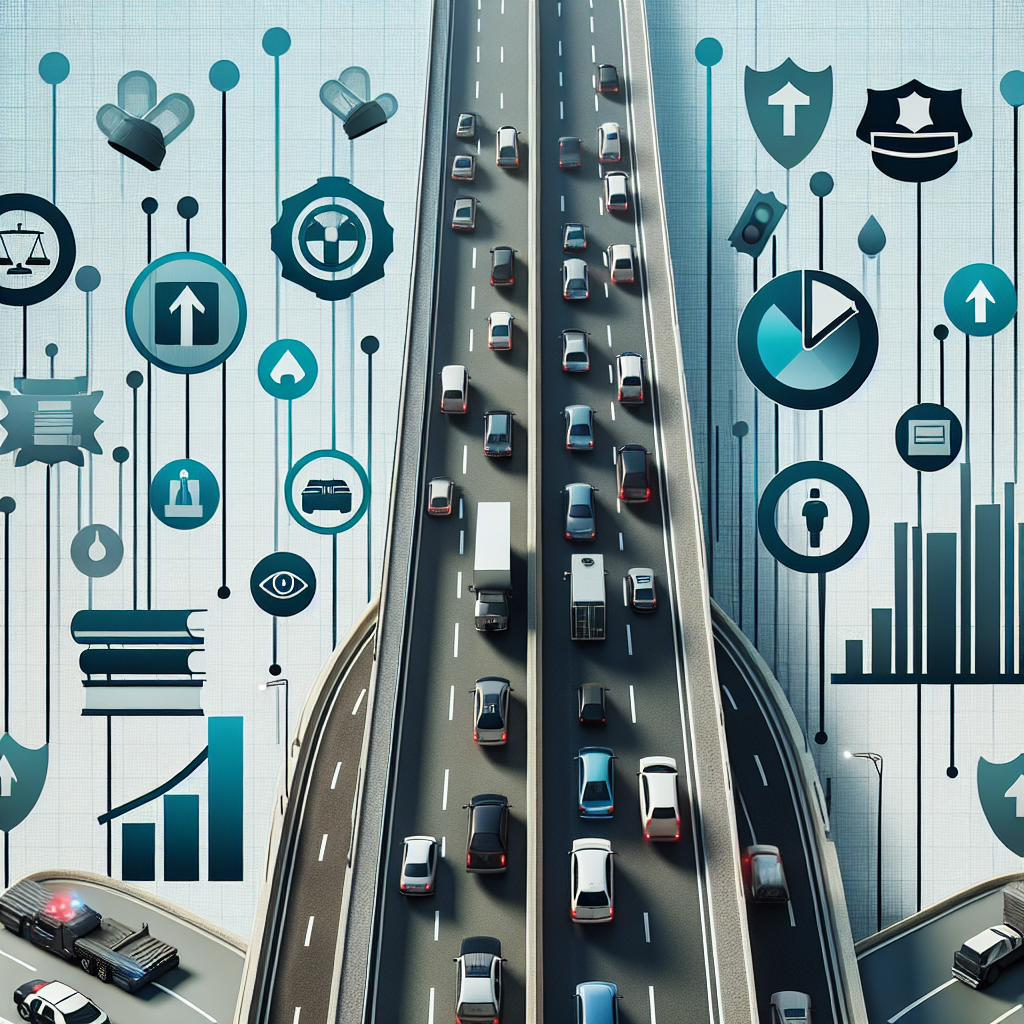How New DMV Laws Make Out-of-State Registration Easier
Getting your car registered in a different state can feel like solving a tough puzzle. But thanks to new DMV laws, this tricky process is about to get a lot easier. Here’s what you need to know about how these new laws are making vehicle registration simpler when you move to a new state.
Introduction
Registering a car in a new state has always been pretty tough. Lots of paperwork, surprise fees, and long wait times have made people frustrated. Understanding these new DMV changes is important if you want an easier time registering your car.
Background
In the past, registering your out-of-state car meant going to the DMV a bunch of times and dealing with lots of confusing paper forms. This usually caused long delays and headaches. As more people move between states now, the need for a quicker and simpler registration process became clear. That’s why these changes happened.
Overview of the New DMV Laws
To cut down on the hassles, new laws and rules have been introduced in many states. The big goals are to make things more efficient, clearer, and easier for people.
Key Parts of the New Laws
Easier Paperwork
One big change is less paperwork is required. Now, many states let you submit documents online, so you can finish your application quickly and correctly without leaving home. This update means fewer trips to the DMV and speeds up everything.
Clearer Fees
Fees that used to be different in each state are now more similar. Plus, states are adding options to pay online, so you don’t have to go to the DMV in person to sort out your payments.
Better Verification
Technology is helping with checking information. States use smart systems to check car and owner info fast and safely, which reduces fraud and helps the whole process go smoothly.
More Time and Flexibility
There are new timelines for registering cars from another state, with extra time if you need to gather documents or money. This “grace period” helps make the process fairer and less stressful.
Technology and Innovation in DMV Services
Digital tools are changing how DMV services work. New laws use these smart ideas to make things better. With secure online portals, you don’t need to visit in person as much, and tricky steps are easier. Car owners will find the registration process much simpler and more friendly.
Good Things About the New Laws
These changes mean DMV tasks get done faster and are clearer. For car owners, this means things move along more quickly, and people are happier because they don’t have to wait as long. Plus, with easier steps, more people will likely register their cars because it’s less of a hassle.
Some Challenges and Concerns
Though these changes are great, they might cause some short-term issues. Problems like making sure everyone can use the new tech and keeping information safe need to be solved so things go smoothly in every state.
Stories and Examples
Some states have already made these changes, and they’re working well. For example, California and Texas have happy car owners who like having less paperwork and quicker processing. These good stories show other states how helpful these changes can be.
Conclusion
In short, new DMV rules are changing how cars are registered when you move to a new state. As these rules roll out, we expect big improvements in how fast things get done, how happy people are, and how many people follow the rules. Staying flexible will be important as DMV services keep changing to fit what car owners need.
Call to Action
Ready to try an easier way to register your car? Check your local DMV’s website to learn more about the latest rules for you. Share your thoughts and experiences in the comments below—it would be great to hear from you!
Additional Resources
By accepting these changes, car owners can look forward to registering out-of-state cars quickly and simply.
Come Visit Us at Tags Clinic
Ready to make the registering process even easier? Come visit us at Tags Clinic, at 3845 University Ave, San Diego, CA, or give us a call at 619-777-9046. For more information, visit our website at tagsclinic.com. We’re always here to make your DMV dealings as simple and efficient as possible!



